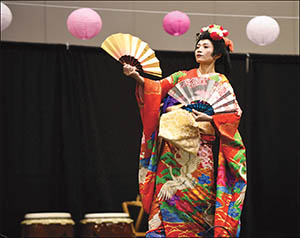In our area, the peony season ranges over a five-week period. Peonies are worth having in your garden, but often, they do not bloom, for a variety of reasons. Master Gardener, Sharon Dent, explores some solutions here.
By Sharon Dent
Peonies have such large, lush, incredible blooms. We see them in Hot Springs in late April – early May of each year. They are worth having in your garden but . . . often, they do not bloom, or the blooms are quickly destroyed by the hard spring rains here.
There are a few common reasons they do not bloom. I provide the reasons to aid in your quest for the most marvelous peonies. First, know that the types of peonies dictate their bloom time. Here the bloom season ranges over a five-week period. Mine often bloom while I am busy preparing for the Garland County Master Gardener Plant Sale. That explains why they sometimes come and go without me even seeing them bloom.
Typical reasons for not blooming or for producing pitiful, weak blooms are not getting enough sunlight or enough room to grow, poorly draining soil, over-watering, planting too deep (1 inch deep is best), and botrytis or powdery mildew. Also, they hate being moved. The plants need time to adjust after planting/transplanting (sometimes up to 3 years).
To wrap up, the following are active things you can do that will help them bloom: deadhead (Editor’s note: pinch or cut off the flower stems below the spent flowers and just above the first set of full, healthy leaves) spent, dried buds after they lose their petals, remove seed pods, completely cut them back to the ground in the fall, and fertilize them twice annually (spring and fall.) Use a fertilizer designed for bulbs. Remove shading plants. They like 8-10 hours of sun. Finally, support the stems because the blooms can get so large that they are weighted to the ground.
Sharon Dent, a Garland County Master Gardener, volunteers with GC Master Gardeners of the UofA Div. of Agriculture, Cooperative Ext. Service. Master Gardeners pool skills and resources to improve home horticulture, stimulate interest in plants and gardening, and encourage beautification. For more info, call 501-623-6841 or email ashaffer@uada.edu.








